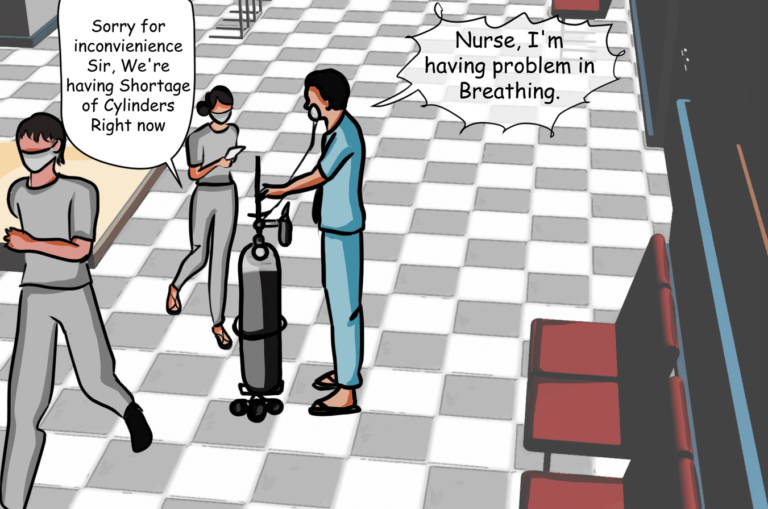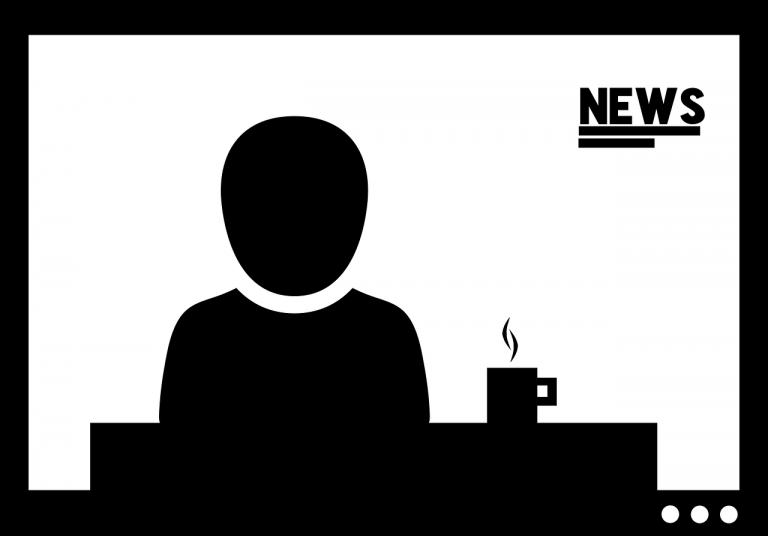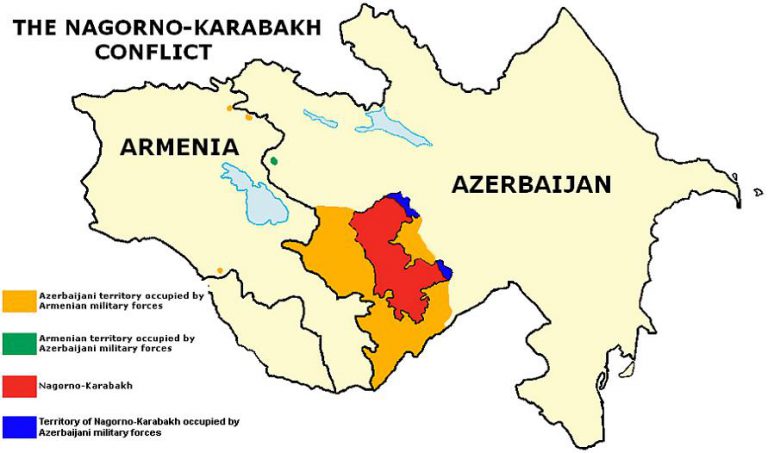West Bengal: Transpose in Indian Electoral Politics
Amid India’s fight with the second and certainly deadliest wave of the Covid-19 pandemic, elections were held to the unicameral legislature for the state of West Bengal. The declaration of the results of the election was an extremely gripping and intense moment for the entire country.
Although India follows a multi-party system where multiple parties are allowed to come forward and contest elections. In West Bengal, the fight was mainly between two political parties that is the Bharatiya Janta Party (BJP) and the Trinamool Congress (TMC). There was an intense political tussle between both parties.
However, the declaration of the election results and the aftermath that followed showed a different side of Indian electoral politics.
The elections to the unicameral legislature of West Bengal were held between March 27, 2021, to April 29, 2021. West Bengal is divided into a total of 294 constituencies, barring two constituencies, the elections were held for the remaining 292 constituencies.
The manifesto and campaigning strategies of both the parties was based on polarization specific to certain communities and both the parties promised a lot of reforms, after they would have gained access to power. A notable tactic of the BJP government in this context was that their polarization technique which is essentially based on the trajectory of Hindutva, seemed to be an underplayed element in this particular election as other issues had to be addressed such as caste and class. However, as per most observers, this polarization was intensely used by the Mamata Banerjee led Trinamool Congress, wherein she touched the emotional chord of the voters and emphasized their identity primarily as someone who lives in Bengal. She went further ahead and added that for the people of West Bengal, it is their identity of belongingness to the state that is of utmost importance. It is this emotional appeal to the citizens that played a decisive role in the state elections.
The date of the counting of votes was May 2, 2021, the declaration of the electoral results depicted a clear cut victory for the TMC and a defeat for the BJP, followed by other parties that contested the elections. As in the case of any elections, the post declaration result time was a situation of volatility. However, this situation was anticipated beforehand and since, the Election Commission had announced the dates for the polls of West Bengal, there was heavy deployment of the police forces in the concerning areas.
The most striking feature of democracy and democratic elections is that they are constantly changing and nothing can be ascertained with full rigidity. This dynamism of electoral politics manifested itself very clearly and strongly, in the aftermath of the election result declaration. This turn of events was very shocking and unprecedented for the entire country. In India, the voters get too attached to the parties they reason with and are oblivious to the difference between their political and personal life.
The post-poll violence that broke out in the state was very intense and destructive. There were acts of looting, vandalism, attempts to rape and physical assault. There were clashes between the party workers of both the major competing parties, which resulted in widespread death and destruction in the state.
The BJP claimed that a lot of its party workers lost their lives and suffered violence at the hands of the party workers of the TMC. However, beyond pointing to which party indulged in violence and which party had to undergo its effects.
There have also been certain allegations made towards the underpinning of the activities of the “third front” formed by the Left and the Congress, who it is alleged cumulatively work towards the splitting of the secular aspect of Indian Politics. It is claimed by many observers, that these parties worked in a way that led the TMC to believe that the BJP was its biggest enemy and they have to work towards combating the force of BJP. This led to the educated middles classes of the state of West Bengal casting their towards the TMC and warding off any event of likelihood towards the BJP.
The state of West Bengal has often been exposed to conflict and a state of confrontational as well as argumentative stances between the Governor of the state and the state government. The 2021 election fiasco had this aspect in play as well, wherein the Governor had allegedly given his consent to the arrest of four leaders of the Trinamool Congress by the Central Bureau of Investigation. This action sparked off widespread resentment among the TMC party workers and Mamata Banerjee had protested against this movie at the office of the Central Bureau of Investigation. A matter of further frustration was that the arrest of the TMC leaders was based on the 2016 Narada sting operation. However, this act had the involvement of the BJP leaders as well and the arrests were just administered against the leaders of the TMC.
There is a bigger picture here that needs attention and that is how the face of electoral politics in India is infested with various ills and active work needs to be done towards the treatment of Indian politics.
There were various interpretations as well as impacts of this event on the entire mass of India’s voters. One can also see, though, very faintly the formation of a different party front. This party front seems to be an amalgamation of different youth-based groups and organizations in the country. This party front that we can see the germination of, will be a front formed by the youth of our country, who will not necessarily focus on affiliations with older parties and ideologies. It would be a front of the voters of our country and not the leaders, as is stated by convention. They would work towards the reinvention of the Indian electoral scenario.
One can see the emergence of this front in the works of various youth leaders, mainly on social media platforms wherein these youth leaders have used their profiles for raising awareness about various political issues that the country is facing and also generating solutions to combat them. These youth-centric front(s) tend to move beyond the expected and the formal definition of the functioning of political parties and strive to work towards real-time issues.
This aspect of the operation of this new front represented itself very clearly in this pandemic, wherein it was the youth of the country that decided to take charge of the matters in their hands and actively used the various social platforms to raise awareness about the shortage of oxygen cylinders and medications in the country, and to even arrange these essentials for patients who were in dire need of them. However, there has been no evidence to prove the emergence of this front; it has been moving around with a lot of subtlety.
There is a constant need the reworking the Indian democracy in general and the Indian electoral politics in particular. There have been various negative connotations that the Indian democracy has been exposed to such as – that the Indian democracy has started to function like an electoral autocracy.
Indian democracy, has been one of the most acclaimed in the world and we need to actively work towards the retention as well as the up-gradation of this status bestowed to us. One can witness the rise of populism as an ideology in India which mainly centres on the individuals taking the course of actions in their own hands.
References:
- 1. Perspectives on International Relations & World History:2017, R.C. Vermani;
- 2. Political Ideologies: An Introduction: Third Edition, Andrew Heywood;
- 3. West Bengal Election Results 2021:https://www.firstpost.com/politics/west-bengal-election-results-2021-winning-candidates-full-list-mamata-loses-nandigram-by-1956-votes-check-constituency-wise-performance-9587851.html;
- 4. West Bengal Has A Story of Clash:https://www.news18.com/news/india/west-bengal-has-a-history-of-clash-between-state-and-governor-but-battle-has-crossed-boundaries-this-time-3751517.htm
Image Credit: Hindustan Times








